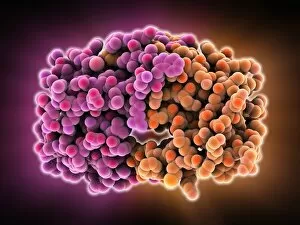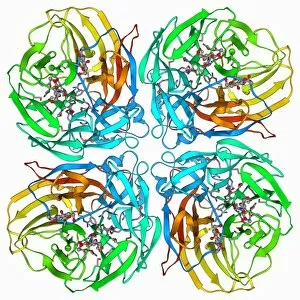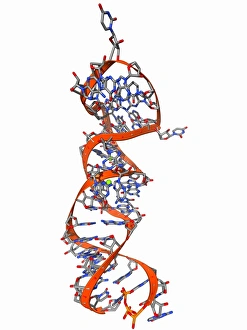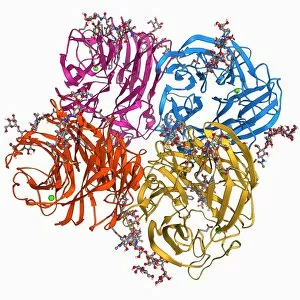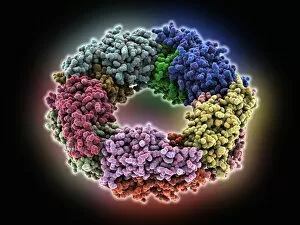Drug Target Collection
"Unlocking the Secrets of Drug Targets: From HIV-1 Protease to Flu Virus Surface Protein" In the world of medical research
All Professionally Made to Order for Quick Shipping
"Unlocking the Secrets of Drug Targets: From HIV-1 Protease to Flu Virus Surface Protein" In the world of medical research, drug targets play a crucial role in combating various diseases. One such target is the HIV-1 protease molecule, which has been extensively studied to develop effective treatments for HIV/AIDS. Similarly, scientists have focused on understanding the flu virus surface protein and its interaction with antibodies. This knowledge aids in developing vaccines and antiviral drugs that can specifically target this protein, preventing viral entry into our cells. Among these efforts, one notable breakthrough involves the flu virus surface protein and drug F006/9745. Researchers have identified this drug as a potential candidate for inhibiting viral replication by targeting specific regions on the surface protein molecule (F006/9566). Furthermore, investigations into RNA stem-loop motif (molecular model F006/9544) have shed light on its significance as a potential therapeutic target against certain diseases. Scientists are exploring ways to manipulate this structure to develop novel treatment strategies. Interestingly, even common medications like aspirin have their own unique drug targets. The aspirin drug target molecule (F006/9464) has been extensively studied due to its anti-inflammatory properties and cardiovascular benefits. Continuing our exploration of flu-related targets, researchers are closely examining another flu virus surface protein molecule (F006/9433). Understanding its structure and function helps in designing targeted interventions against influenza infections. Moreover, combining antibodies with flu virus surface proteins (F006/9428) shows promise as an approach for neutralizing viral activity effectively. By harnessing these interactions between proteins and antibodies, scientists aim to develop more potent therapies against influenza viruses. Shifting gears back towards HIV/AIDS research highlights the importance of studying both the HIV-1 protease molecule itself and inhibitors that can block its activity. These studies provide valuable insights into designing drugs that can disrupt viral replication processes effectively.

